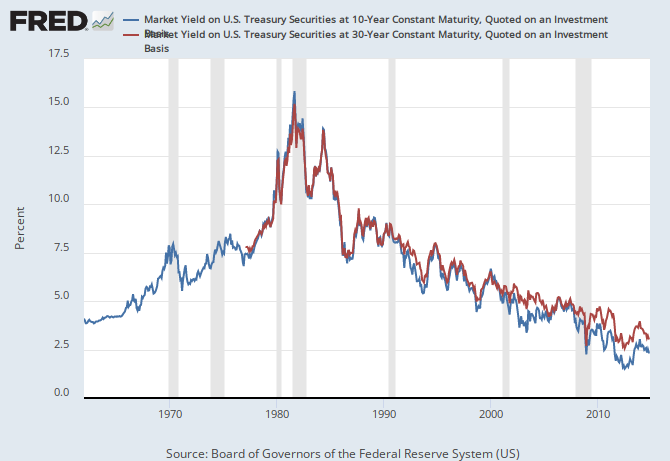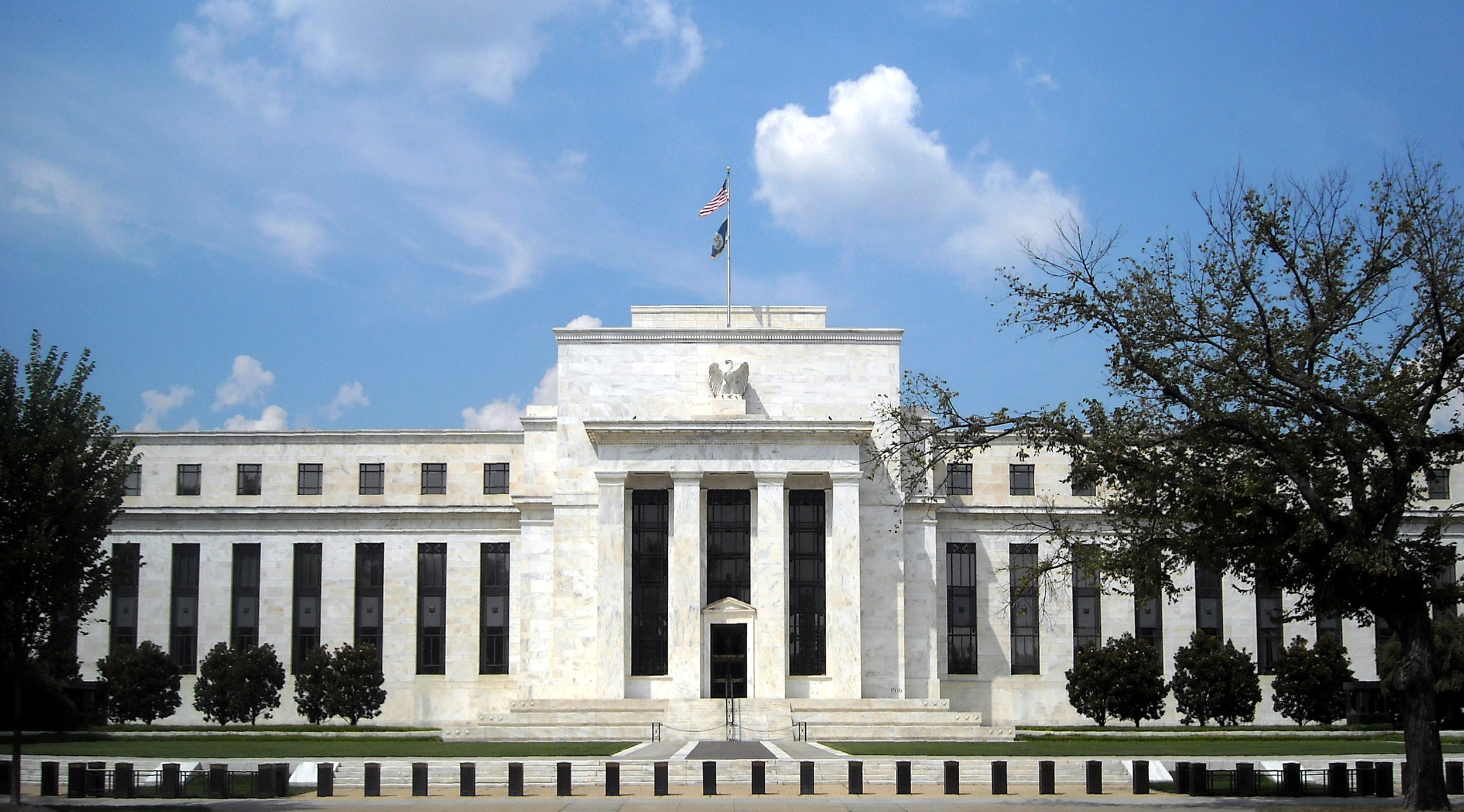The Green New Deal has another of their little reports out. Essentially saying the same as all of the previous ones. Print more money to spend on all that Caroline Lucas holds dear. But it really does have to be said that the level of economic knowledge that goes into these reports is not all that high. We've for some years now had the egregious Richard Murphy shouting that we should just collect all hte tax avoided and evaded in order to beat austerity. He not realising that collecting more tax is austerity. For it reduces the fiscal stimulus as it reduces the budget deficit. And of course, there's a similar gross error in this latest report:
No Need to Repay QE Since QE involves a central bank putting new money into circulation by creating e-‐money and using it to buy assets, this will not increase Europe’s debt levels according to the originator of the term ‘quantitative easing’, Professor Werner, Director of the Centre for Banking, Finance and Sustainable Development at the University of Southampton. He states that since the central bank can simply keep the assets on its balance sheet then there is no need for taxpayers to pay or to expand public debt. The assets should simply stay on the central bank balance sheet. Furthermore, this debt, which would be owed by the government to the central bank would not have to be repaid, as Adair Turner, the former Chairman of the UK Financial Services Authority has made clear. In the European context, the EIB is the European Union's bank, owned by and representing the interests of the EU Member States and so the debt that the EIB would incur through Green Infrastructure QE would also not have to be repaid.
Well, according to that first paragraph I've no need to repay my mortgage as I used the loan to buy an asset. But leaving that aside note the deep appreciation of matters economic on display here.
QE is the central bank creating money to purchase assets. Therefore the EIB can and should do this. But the EIB is not a central bank with money creating powers. It's an EU development bank that borrows on the usual capital markets for funding. The EIB simply cannot do QE because it's not a central bank.
We might not expect any more insight than this from a combination of Caroline Lucas, Richard Murphy and Colin Hines. But Larry Elliott has always been rather more sound than this: is he still with this group or has he left in disgust?















